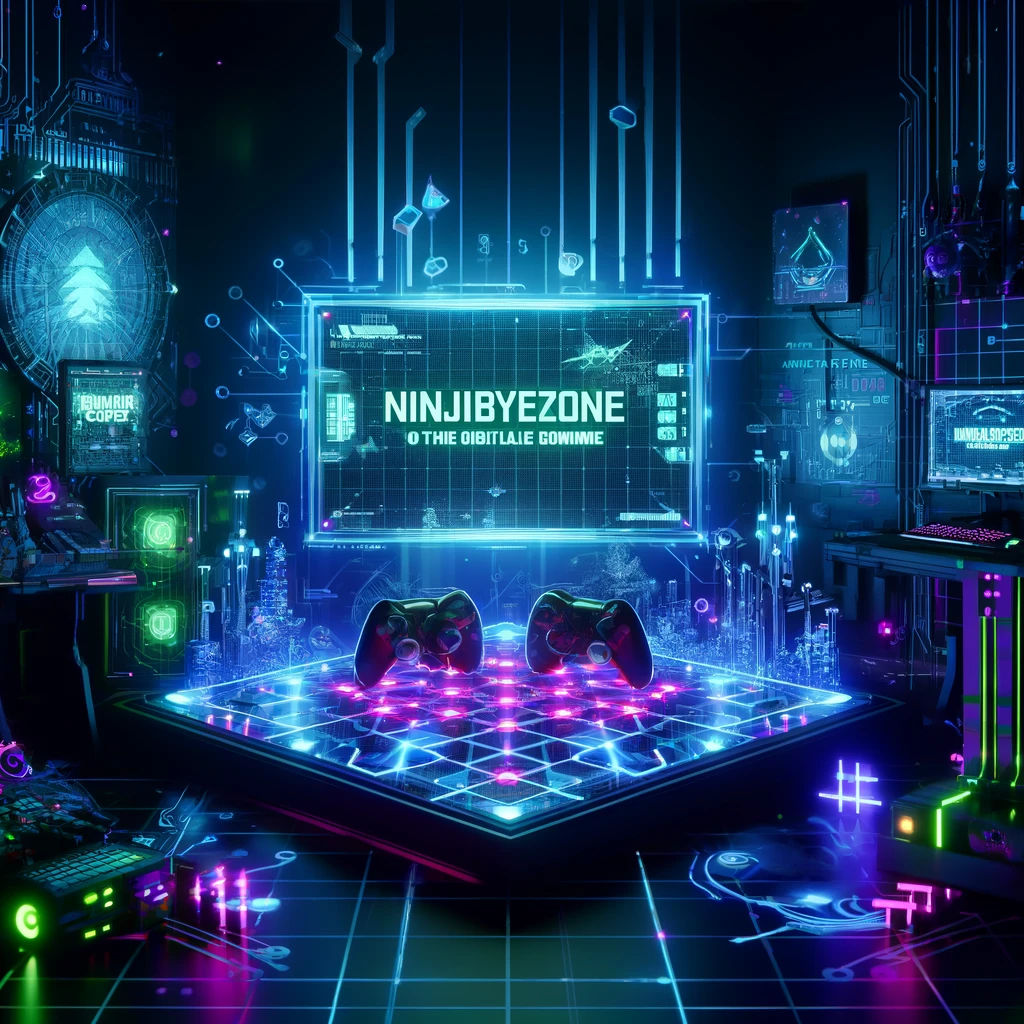What is ANM?
ANM, or Auxiliary Nurse Midwife, plays an essential role in the healthcare system. ANMs are highly skilled professionals who assist in providing basic medical care and support, especially in rural areas. They are trained to handle various tasks related to maternal and child health, patient care, and community health education.
The role of an ANM goes beyond just being a nurse or midwife. ANMs help monitor the health of pregnant women, assist in childbirth, and provide postnatal care. They also conduct health awareness programs to promote healthy living and prevent disease. This blog will explore the responsibilities, training, and importance of ANMs in the healthcare system.
The Essential Role of ANM in Modern Healthcare
ANM are vital members of the healthcare system, particularly in communities that may not have access to large hospitals. These professionals work on the frontlines, offering support in maternal and child health, as well as general healthcare. They are responsible for making sure that families in rural or underserved areas receive necessary medical care.
An ANM’s role includes assisting with childbirth, monitoring the health of mothers and babies, and educating communities on health practices. They are also often the first point of contact for people seeking medical advice in rural areas, making their presence crucial in healthcare delivery. The work of an ANM helps reduce infant mortality and improve the overall health of communities.
Understanding the Training Process for ANMs
To become an ANM, one must undergo specialized training that equips them with the skills needed to care for mothers and children. The training program typically includes both classroom instruction and hands-on practice in hospitals or health centers. It focuses on areas like maternal health, child development, and first-aid skills.
During their training, ANMs also learn about diseases, health prevention, and how to handle emergency situations. This prepares them to deliver healthcare services effectively, especially in areas with limited medical resources. After completing the training, ANMs are ready to take on their responsibilities and provide essential services in communities.
How ANMs Contribute to Maternal and Child Health
ANMs play a crucial role in ensuring the health of mothers and babies during pregnancy, birth, and after childbirth. They help with prenatal check-ups, providing advice on nutrition, and ensuring that women receive the proper care to stay healthy. They also assist in delivering babies in homes or health centers, ensuring that the mother and child are safe.
After the birth, ANMs monitor the health of the baby and mother, providing support for breastfeeding and newborn care. Their presence helps reduce complications during childbirth, and their care is essential in preventing postnatal issues. Their involvement ensures better health outcomes for mothers and babies, especially in rural or remote areas where healthcare access is limited.
Key Responsibilities of ANMs in Rural and Urban Areas
The responsibilities of an ANM vary depending on whether they work in a rural or urban area, but their main duties remain the same: supporting maternal and child health. In rural areas, ANMs are often the only healthcare providers, so they take on a broader range of tasks, from administering vaccines to educating families about hygiene and disease prevention.
In urban areas, ANMs may work alongside doctors and other healthcare professionals in clinics or hospitals. They may provide routine check-ups, assist with patient care, and handle health education. Whether in a rural or urban setting, ANMs ensure that people of all ages have access to basic healthcare and preventive services.
ANM vs. GNM: What’s the Difference?
While both ANMs (Auxiliary Nurse Midwives) and GNMs (General Nurse Midwives) play important roles in healthcare, their training and responsibilities differ. An ANM is typically trained to provide primary care, focusing on maternal and child health, while a GNM has broader training that allows them to work in a variety of medical settings, including hospitals and clinics.
The ANM’s training is generally shorter and more focused on specific tasks like childbirth assistance, basic patient care, and health education. In contrast, a GNM is trained to handle more complex medical procedures and is often involved in higher-level nursing duties. Both are crucial, but their roles are specialized according to their training and the needs of the healthcare system.
The Impact of ANM on Public Health: A Lifeline for Communities
ANMs have a profound impact on public health, especially in areas where healthcare resources are limited. They not only provide essential healthcare services but also act as community educators, teaching people about disease prevention, sanitation, and nutrition. Their role in raising health awareness helps reduce the spread of diseases and promotes healthier lifestyles in the community.
Their work helps bridge the gap between remote areas and more advanced medical care. By offering basic healthcare, vaccination programs, and health education, ANMs ensure that even the most vulnerable populations receive the care they need. This makes them an indispensable part of any healthcare system, particularly in rural and underserved regions.
Conclusion
ANM are incredibly important for the health and well-being of communities, especially in places where there are not many doctors or hospitals. They provide vital care to mothers and babies and help teach people how to stay healthy. Without ANMs, many people in rural areas would not have access to basic healthcare services, making their role crucial in improving public health.
The training and dedication of ANMs make them healthcare heroes, and their impact on communities is undeniable. They work hard every day to ensure that people have the care they need, whether it’s for a routine check-up or an emergency situation. ANMs truly help make the world a healthier place for everyone.










